
The European Union's Parliament and Council have reached an agreement to cut the amount of GHGs in the energy they use by 2% below the 2020 level of 91.16 grams of CO2 per megajoule (MJ) as of 2025.
MEPs also agreed to GHG reductions of:
This would apply to ships above 5000 gt, which are estimated to be responsible for 90% of CO2 emissions, and to all energy used on board in or between EU ports.
RFNBO: The deal gives more credits, as an incentive, in the form of offsetting emissions to ship owners who use renewable fuels of non-biological origin (RFNBO) from 2025 to 2034.
Shore power: Containerships and passenger ships will be obliged to use onshore power supply for all electricity needs while moored at the quayside in major EU ports as of 2030.
What they said: Swedish MEP Jörgen Warborn commented: "This agreement sets out by far the world’s most ambitious path to maritime decarbonisation. No other global power has drafted such a comprehensive framework to tackle maritime emissions. This is truly ground-breaking.”
'Loopholes': T&E warned that "loopholes" in the law risked "letting biofuels and low-carbon fuels in the backdoor".
Next steps: For the law to be approved, it will need to be ratified by the Council Committee of Permanent Representatives, Parliament's Transport and Tourism Committee, and then the Parliament and Council as a whole.
Fit for 55: New rules on alternative fuel infrastructure and maritime fuel are part of the 'Fit for 55 in 2030 package', which is the EU's plan to reduce greenhouse gas emissions by at least 55% by 2030 compared to 1990 levels in line with European Climate Law.
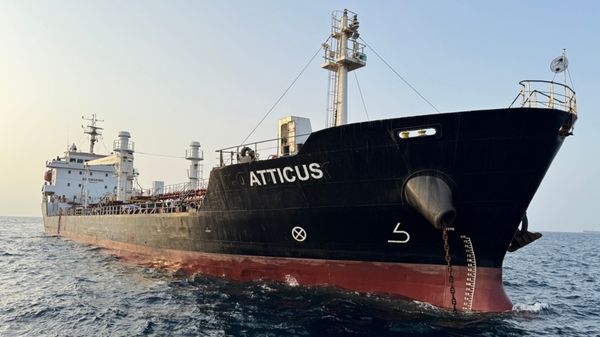
|
Global Fuel Supply acquires first bunker tanker
Company transitions from chartering vessels to ship ownership with asset to be renamed MV Blue Alliance. |
|
|
|
||
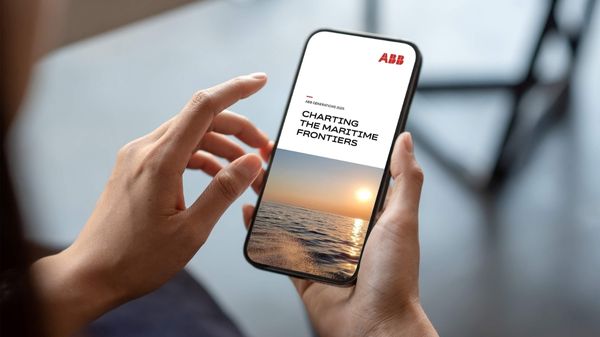
|
ABB publishes 2025 maritime insights on decarbonization and digitalization
Technology firm compiles annual articles exploring energy efficiency, automation, and alternative fuels for the shipping industry. |
|
|
|
||

|
ClassNK grants approval for multi-fuel ready bulk carrier design by Oshima Shipbuilding
Vessel design accommodates future conversion to ammonia, methanol, or LNG with carbon capture capability. |
|
|
|
||
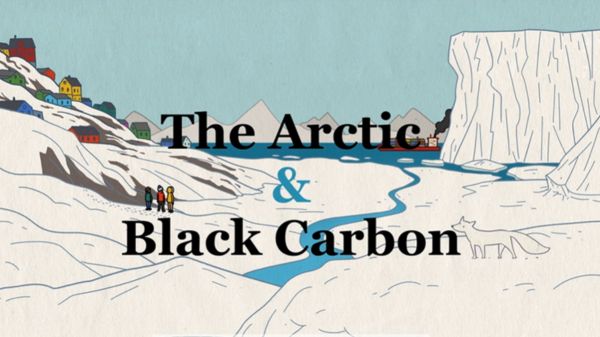
|
Four countries propose Arctic fuel measure to cut black carbon from shipping
Proposal to IMO's PPR 13 meeting aims to establish fuel regulations under MARPOL Annex VI. |
|
|
|
||

|
Spain, Norway and Denmark lead Europe's green shipping fuel production, study finds
Regulatory uncertainty prevents most e-fuel projects from progressing beyond the planning stage, says analysis. |
|
|
|
||

|
Dan-Bunkering appoints Charles Simon Edwin as operations and compliance manager in Singapore
Edwin transitions from sourcing role, bringing experience from physical supply operations and bunker trading. |
|
|
|
||
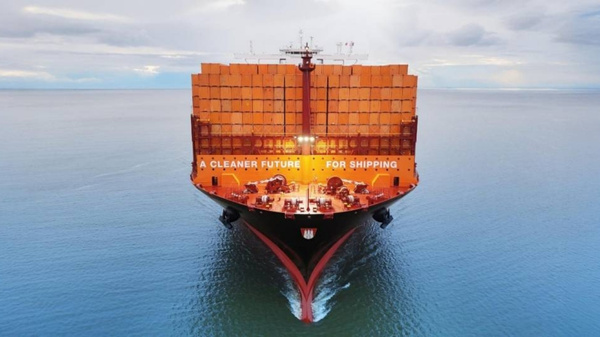
|
Hapag-Lloyd wins ZEMBA's second tender for e-methanol deployment
Container line to deploy e-methanol on trans-oceanic route from 2027, abating 120,000 tonnes CO₂e. |
|
|
|
||

|
RINA grants approval for Chinese nuclear-powered Arctic icebreaker design
CSSC's multi-role vessel combines cargo transport and polar tourism with molten salt reactor propulsion. |
|
|
|
||

|
Glander International Bunkering seeks two bunker traders for Singapore office
Firm recruiting traders with 3-5 years of experience to join team in key Asian hub. |
|
|
|
||
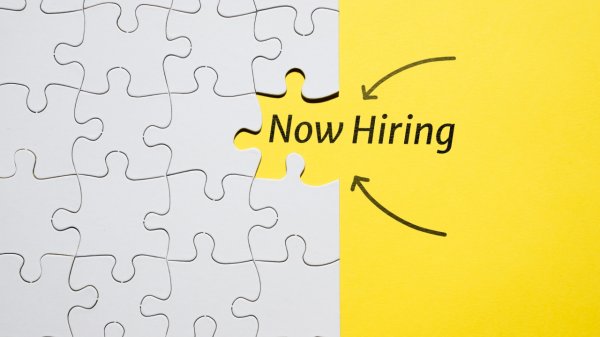
|
Malik Supply seeks bunker trader for Fredericia office
Danish company advertises role focusing on client portfolio development and energy product trading. |
|
|
|
||
| 25 years of air pollution regulations [News & Insights] |
| Med ECA approved; zero 2050 target gains traction [News & Insights] |